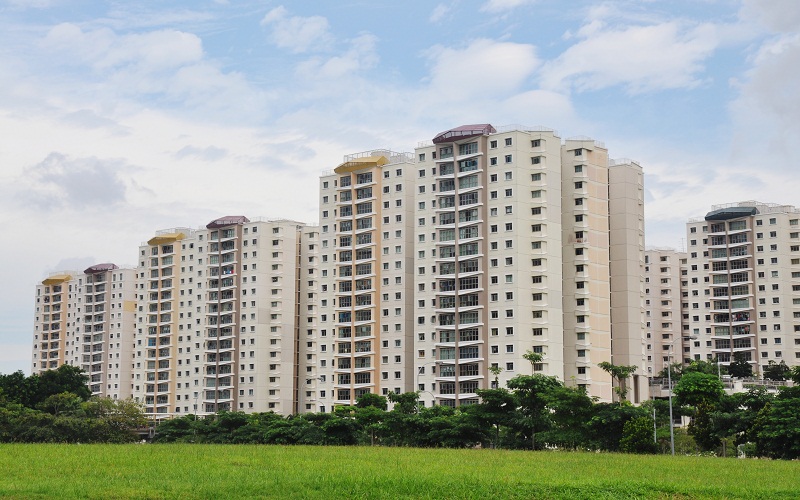|
Often, people receive less in cash than they had expected for various reasons. If they commit to using the bulk of that money for other purchases or investments, they may be in for a rude shock after seeing the cash balance in their bank accounts. |
Things To Consider Before Selling My Home
We will not delve too deep into what goes on from a transaction standpoint. Rather our focus will be on the money. There are several steps to selling your HDB: first of all, you should know if you have fulfilled the MOP (Minimum Occupation Period) before you engage an agent or go about selling your home on your own. If you’re selling a private property, you have to consider the Seller’s Stamp Duty (SSD), which applies to sellers who are offloading their property within three years of purchasing it.
Before agreeing to sell your home, you should have already considered your housing options going forward. You should also note that it may take a while, approximately two to three months, for your money from the sale of your property to come in.
In the case of selling an HDB flat and buying another, you can use the HDB’s Enhanced Contra Facility to reduce your cash outlay or loan requirement. If you’re purchasing a private property, you have to ensure there’s a plan in place for you to receive your sales proceeds before paying down on your new purchase.
| What Happens After I have Sold My Home? | ||||||||||||||
|
Once you have agreed to sell your home, you have to consider how much you will actually receive in cash before taking on any other financial commitments. Let’s use a simple example to go through this process.
|
|
|
# 1 Pay Down Outstanding Home Loan
Your mortgage or HDB loan will be the first thing that gets paid down. This sum is deducted from your sales proceeds. Your sales proceeds of $475,000 will be used to repay your remaining $268,000 HDB loan, leaving you with $207,000 in remaining proceeds.
# 2 Refund Your CPF Ordinary Account
Downpayment
Next, you have to refund the money you “borrowed” from your CPF account, with an interest equal to what it would have paid you during the five-year period had you not used the money. Considering you and your spouse paid the initial $37,500, or 10%, from your CPF ordinary account balance in full, you have to refund this sum, with interest. This works out to close to $43,500.
|
|
Monthly loan repayment
During the five-year period, you were also paying down your mortgage using your CPF contributions.
You need to refund this amount as well. In this scenario, the amount works out to approximately $115,500.
After deducting these two figures from your remaining proceeds of $207,000, you will be left with $48,000. This is the amount you will receive in cash.
# 3 Agent Commission
Selling your flat via an agent may mean paying between 1% and 2% of the sales price in commission. At a sale price of $475,000, you may be paying up to $9,500 in commission to your agent. This may leave you with $38,500.
# 4 Additional Costs and Fees
Some miscellaneous expenses including administrative and legal fees could cost you close to $500 and $1,000, finally leaving you with a sum of $37,500.
Buying Your Next Home
Once you have sold your home, you will need to buy another home for your family to live in. If you choose to buy another subsidized flat from the government, you will have to pay a resale levy for your second flat. In our scenario, this will amount to $40,000, ultimately leaving you $2,500 out of pocket from the sale of your HDB flat.
If you choose to go private or opt to buy another resale flat, you will not have to pay any resale levy. Do note that you will have to pay stamp duty on your private property. This can come up to 3% of your property price if this is your first residential property, or higher if it is your second or third residential property.
Of course, in both circumstances, you can use your CPF balances, with the interest paid back, to fund the purchase of your next property. So, it does not really matter how much you had to pay back in interest to CPF since you can still use it to fund your next purchase.
|
|
What If You Are Above Age 55 When You Sell Your Property
At age 55, your Retirement Account is created.
Your combined balances from your Ordinary Account and Special Account are used to set aside the full retirement sum of $166,000.
If you do not have this amount set aside, any refunds paid to your CPF Ordinary Account from the sale of your property will first go into your Retirement Account.
It is important to note that you can only use funds above the full retirement sum of $166,000 to purchase your next property if you want to buy another flat after 55. Alternatively, you can also opt to set aside $83,000 for the Basic Retirement Sum, which would also require you to pledge your property.
Ensure Proper Cashflow Planning
You should do your sums before selling your home. Know all the costs involved and where your sales proceeds will be going, as well as how you can utilize them going forward. These are basic yet vitally important considerations to make before deciding on any decisions.
This article is republished with permission from Dollars and Sense.



 It may take two to three months for the money from the sale of your property to come in.
It may take two to three months for the money from the sale of your property to come in.




